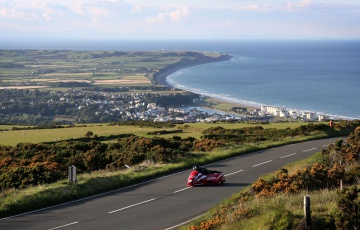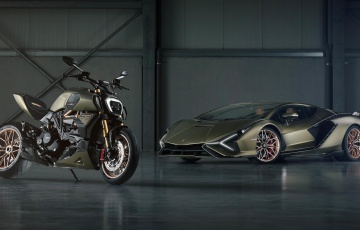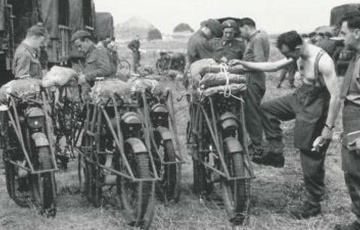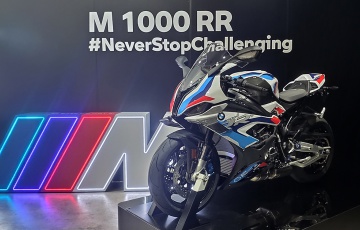Ducati DesertX First Ride Review : Just DesertX
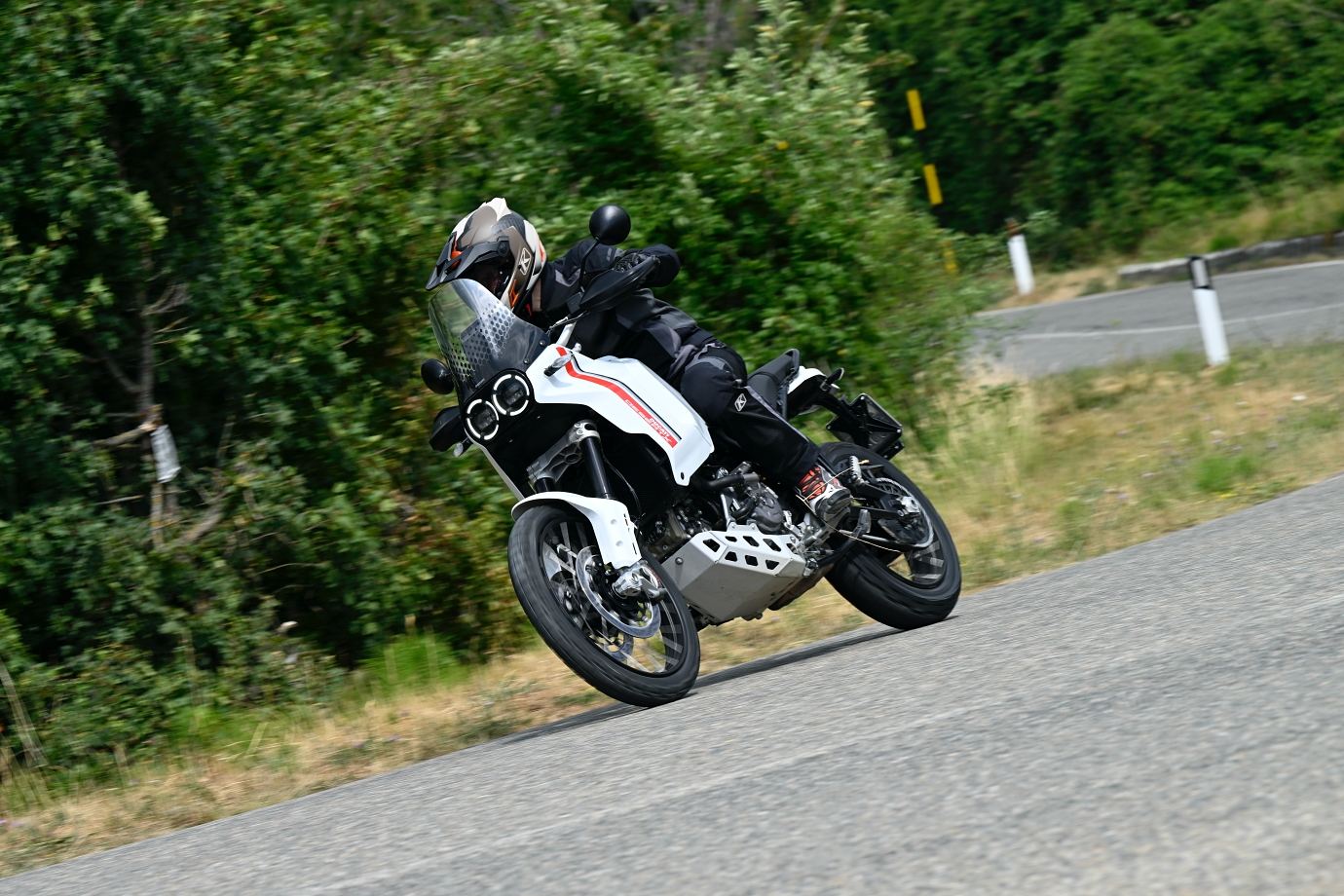
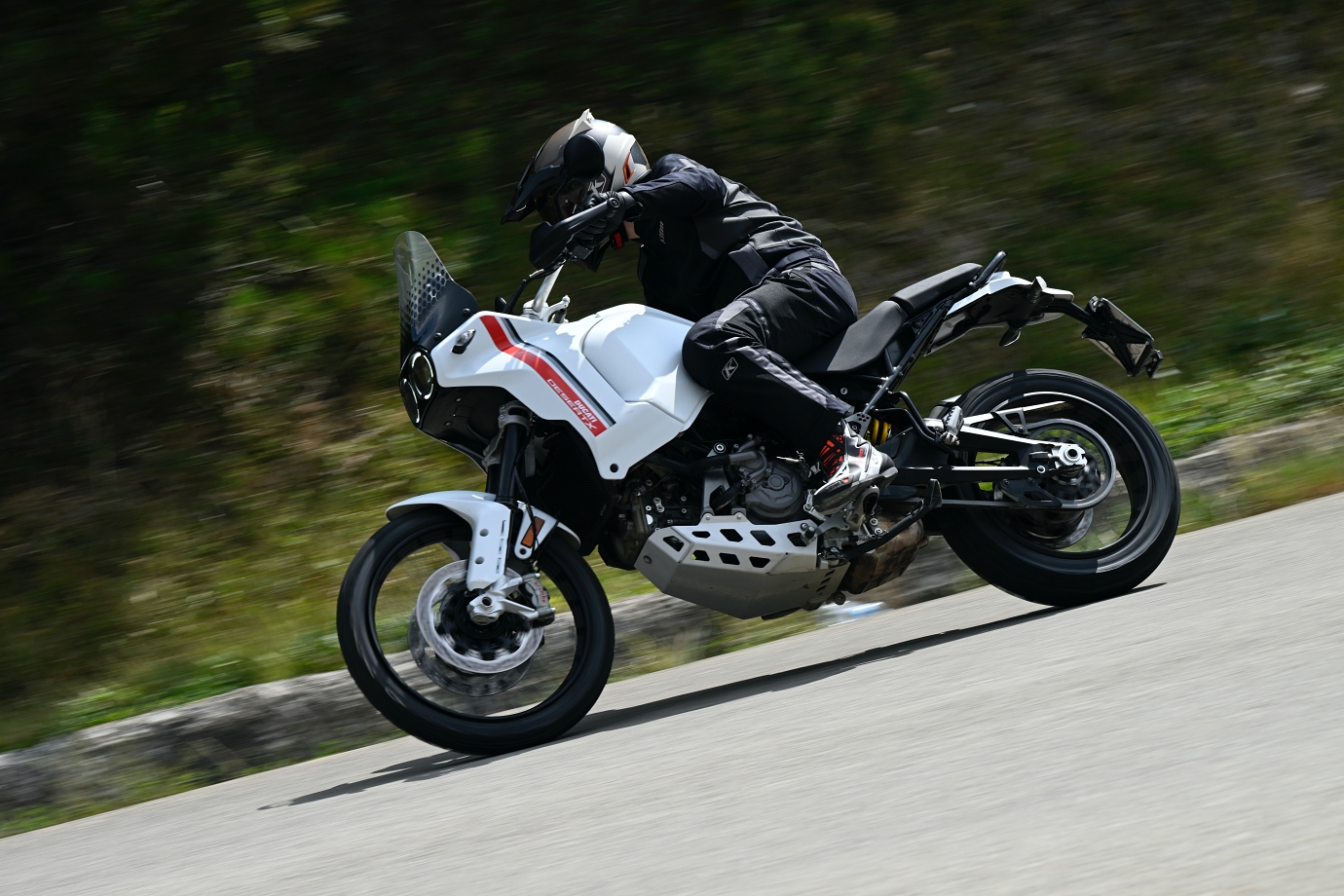
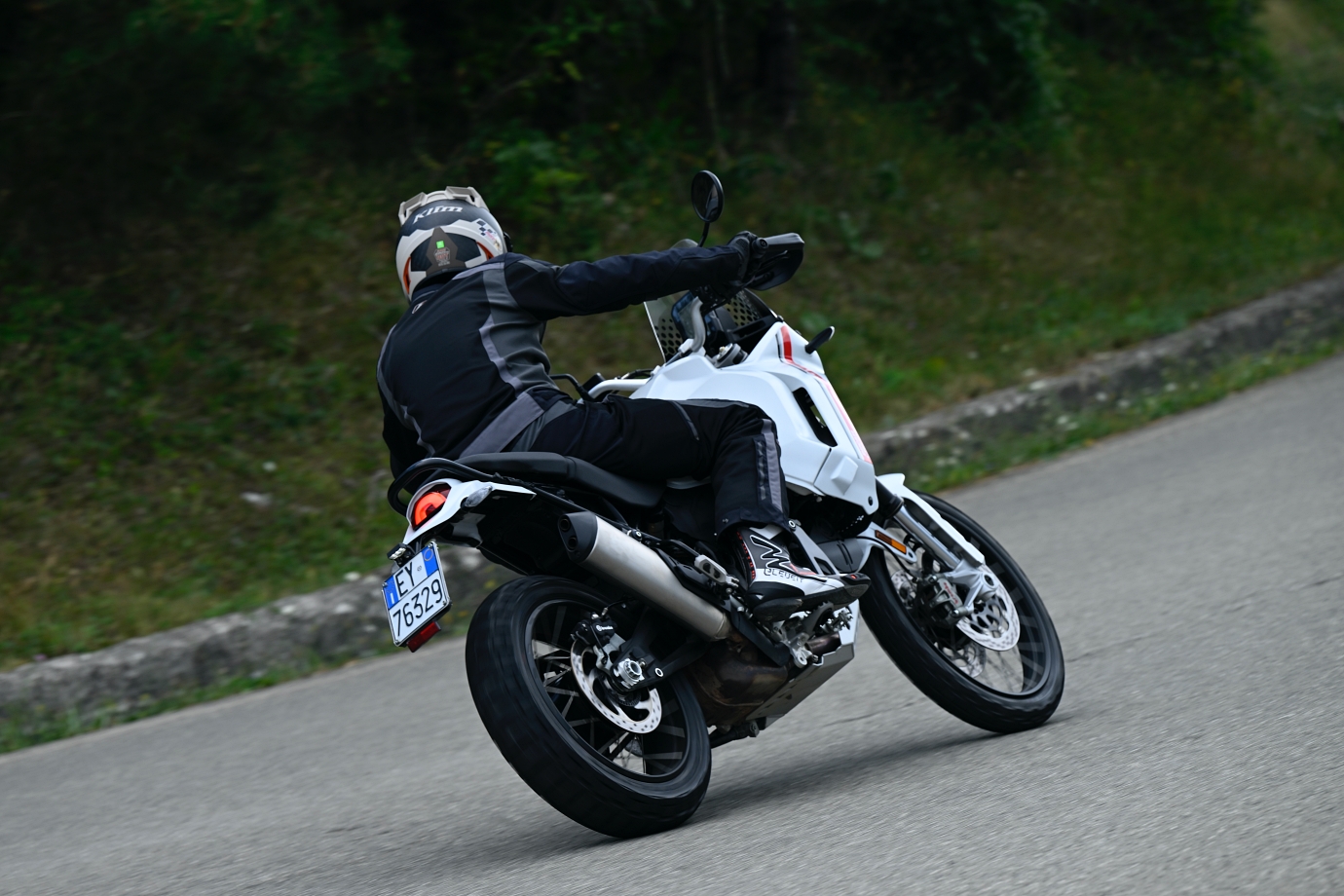
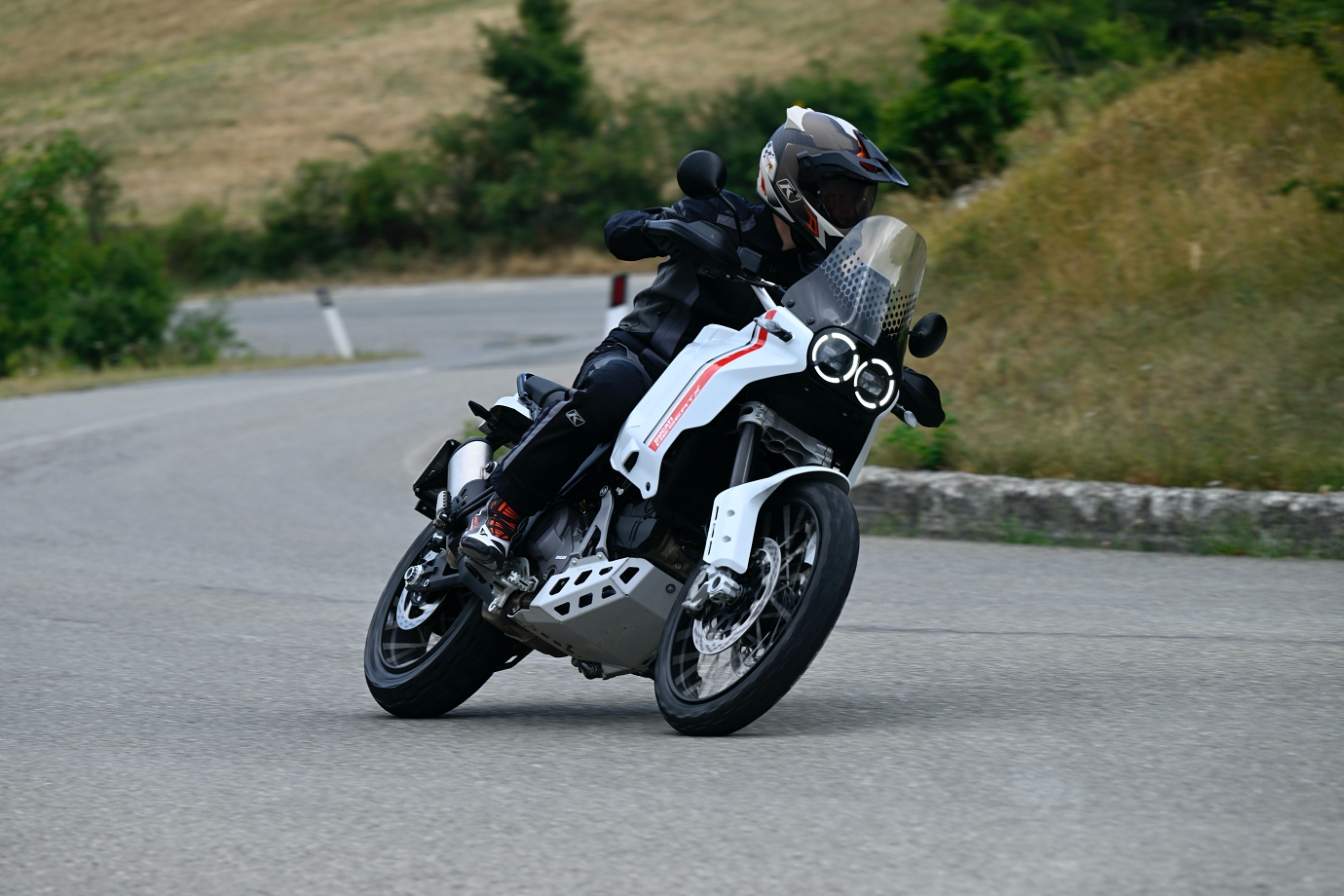
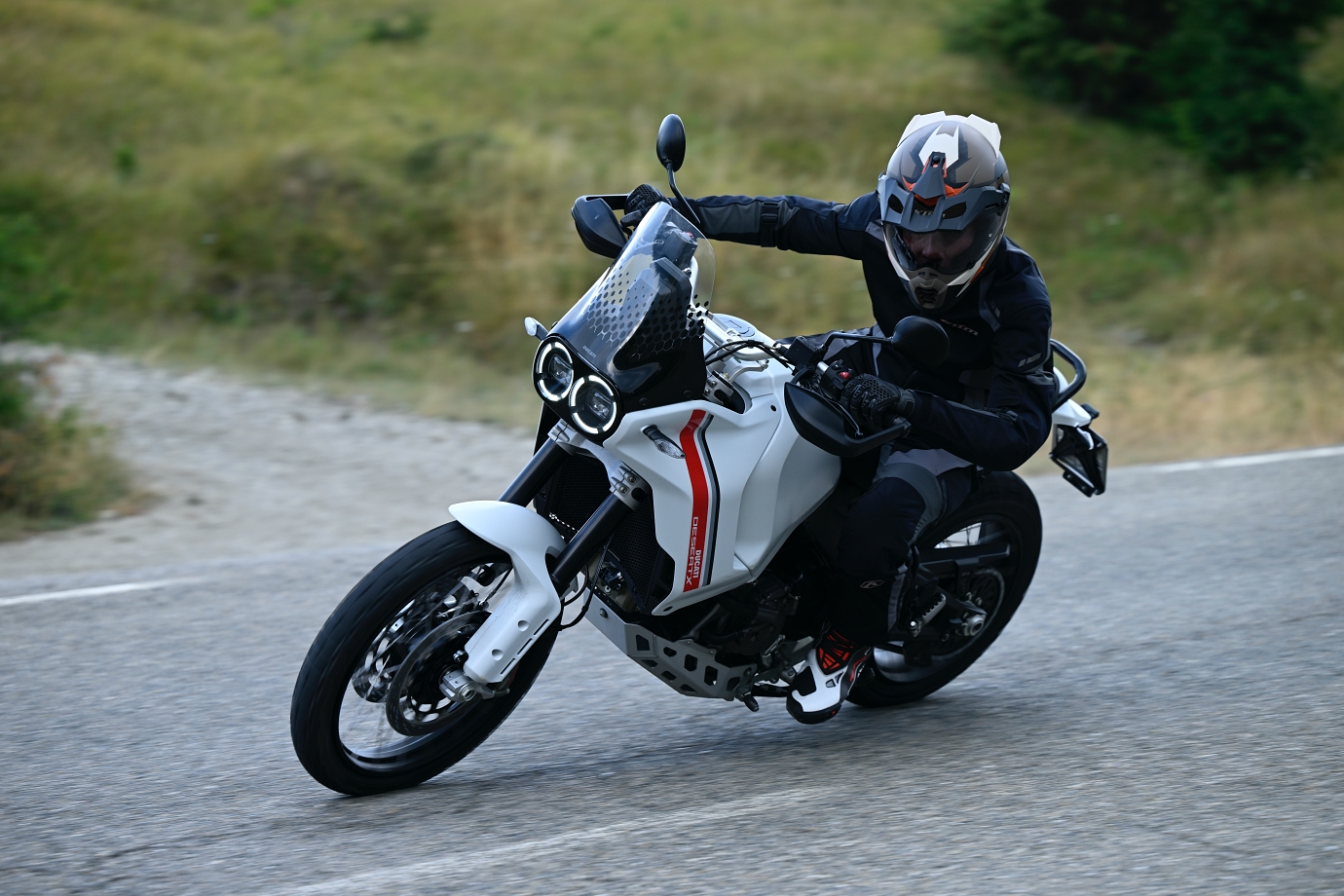
Ducati DesertX First Ride Review by Deyna Chia : Just DesertX
Borgo Panigale, Italy - Ten years have passed since Audi AG (through Automobili Lamborghini) bought Ducati (Ducati Motor Holding S.p.A.) and the latter’s fortunes have been on the ascendant ever since.
It saw the birth of the Panigale sportsbike in 2012, the Multistrada Enduro, the Panigale V4 (a new V-four engine) and an update of the bike that saved Ducati, the Monster.
In fact, 2021 was Ducati’s best year since before Covid, as it wheeled-out over 59,000 bikes to happy customers.
Ducati’s heritage in motorcycle road racing has spanned several decades and its success as a manufacturer across the classes is second to none.
The company has not ventured (much) into off-road racing. Its most off-road model, the Multistrada Enduro, was too big, heavy and powerful.
Driven by passion and the hunger to innovate, Ducati’s first dabble into the off-road/ rally raid market was in 2019, unveiling the off-road prototype, the DesertX at EICMA.
Interest for the model was positive and fast forward three years, the DesertX that is available now in Ducati showrooms looks nearly identical to the prototype (most production vehicles don’t).
Designed and engineered from the ground up, the DesertX is Ducati’s first modern off-road bike, sharing only the 937cc 110hp Testastretta 11° v-twin engine with the Multistrada V2, Ducati’s middleweight Adventure Touring bike.
The DesertX is styled like a Baja rally bike and its twin headlights and tank cowl bear strong design references to the legendary Cagiva Elephant (Dakar Rally titles 1990 and 1994).
Seeing the DesertX in pictures for the first time brought to mind the Singer Safari, with its unmistakable air-cooled 964 body and 959-rear end. Timeless classic.
Unlike the race-focused (and spartan) Singer Safari, the DesertX is a production model and aside from the classic styling, comes with all the latest features.
There are six riding modes, including an all-new Rally mode (full power, less electronic intervention), which can be accessed and selected via the vertically-mounted five-inch TFT colour display that features two info (display) layouts (Standard and Rally).
As expected, the rider assistance systems also include Traction Control, Wheelie Control, Engine Brake Control, Cornering ABS, Quickshifter Up & Down and Cruise Control. Lighting is all-LED, with twin headlights (DRL) and a single taillight.
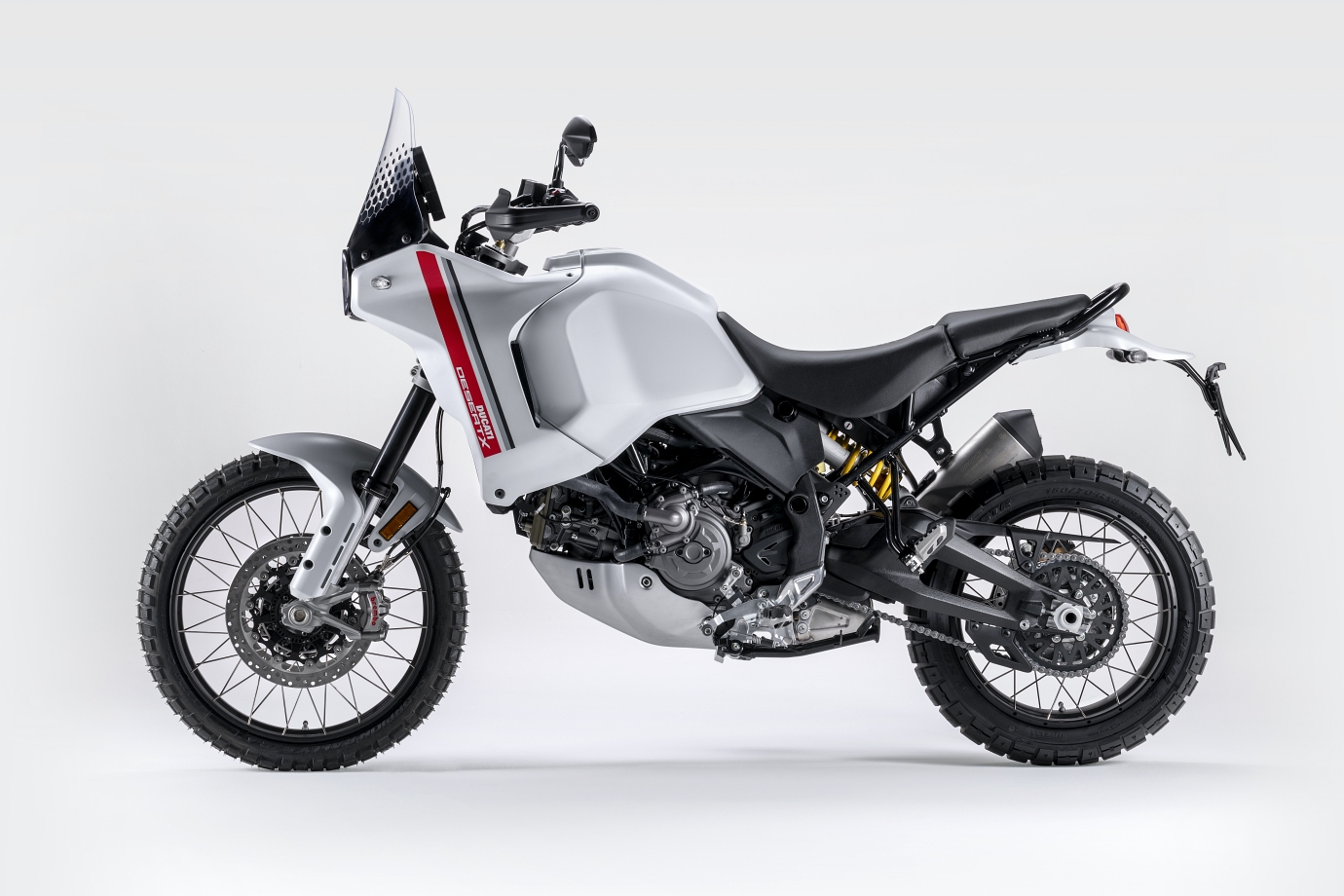
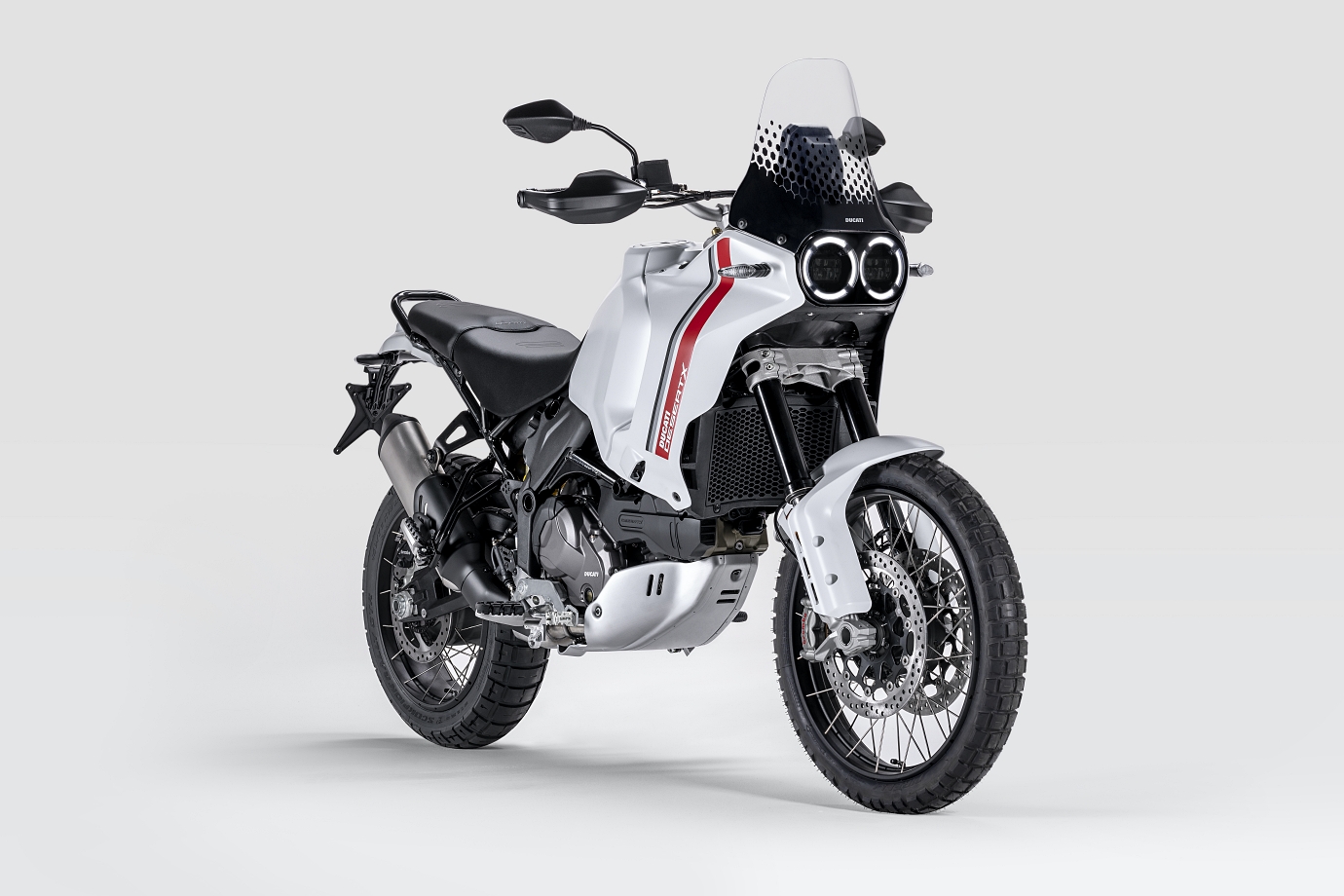
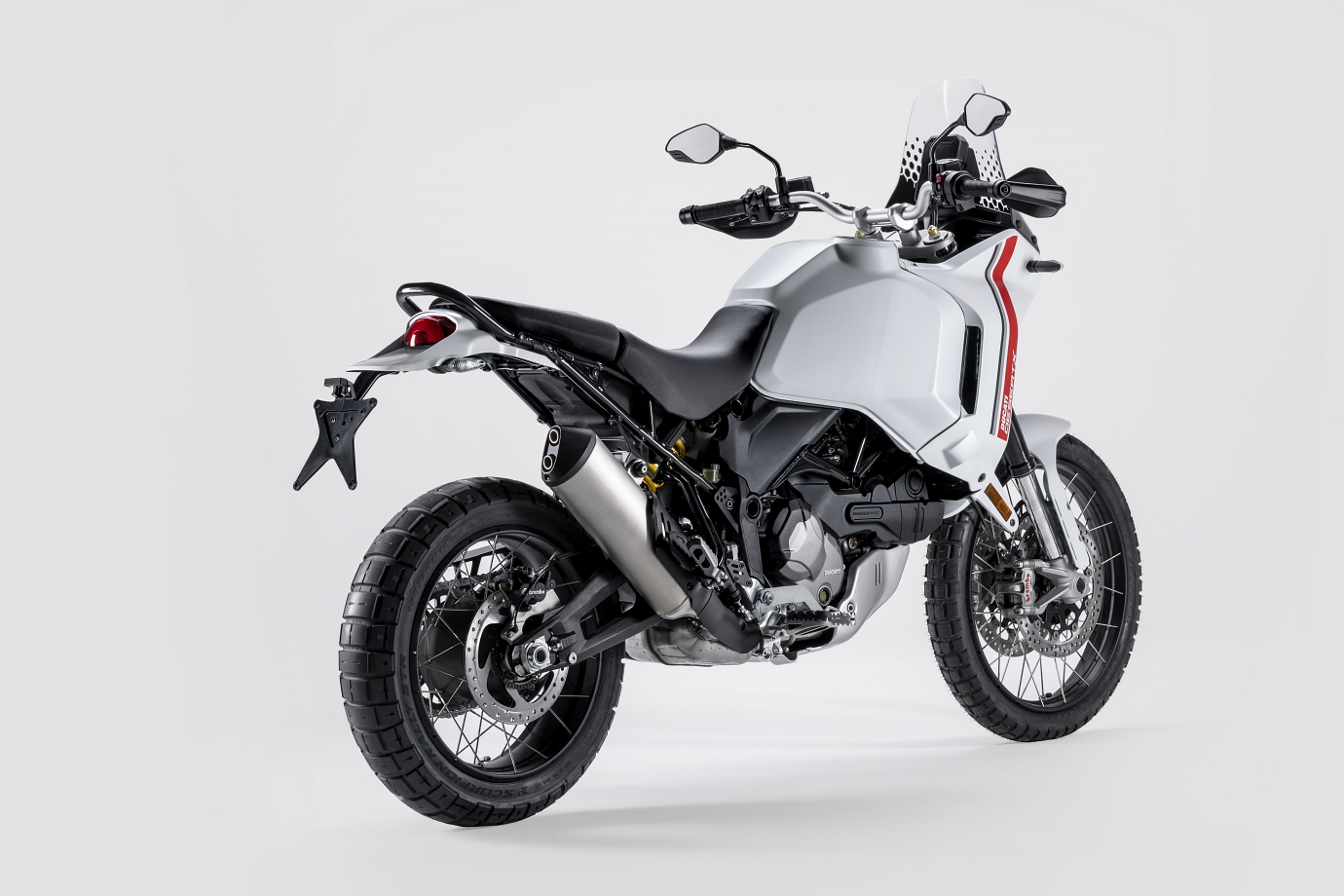
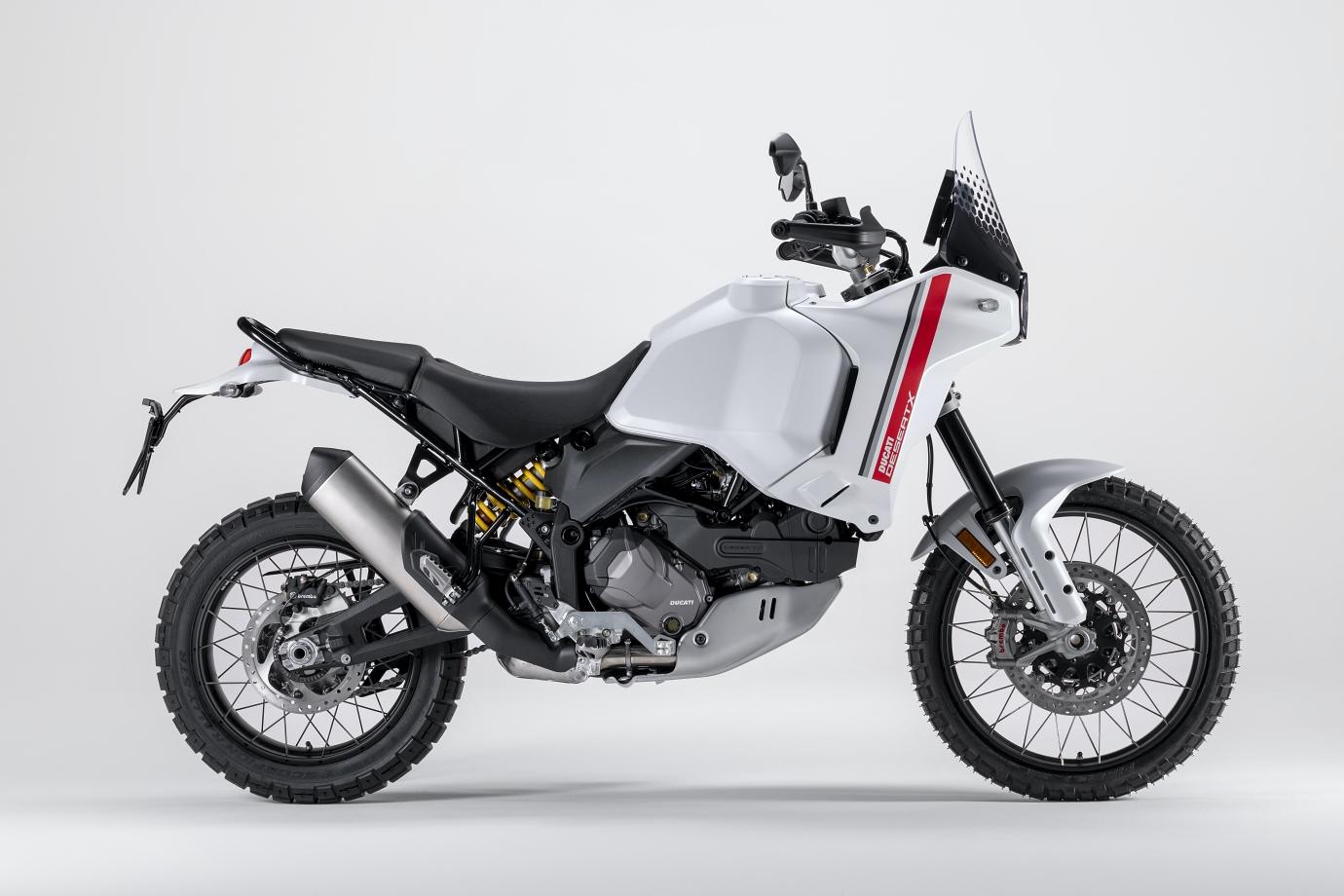
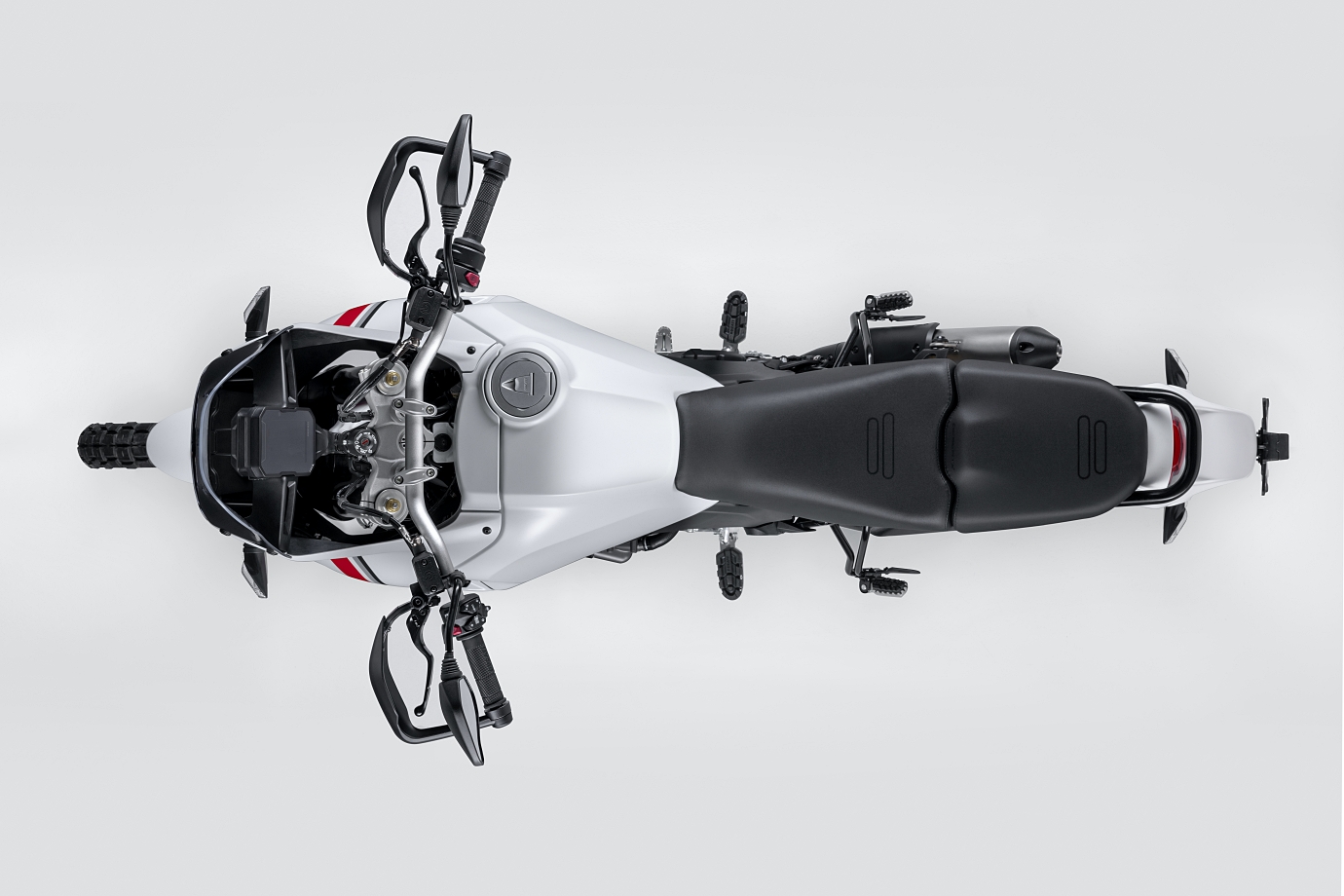
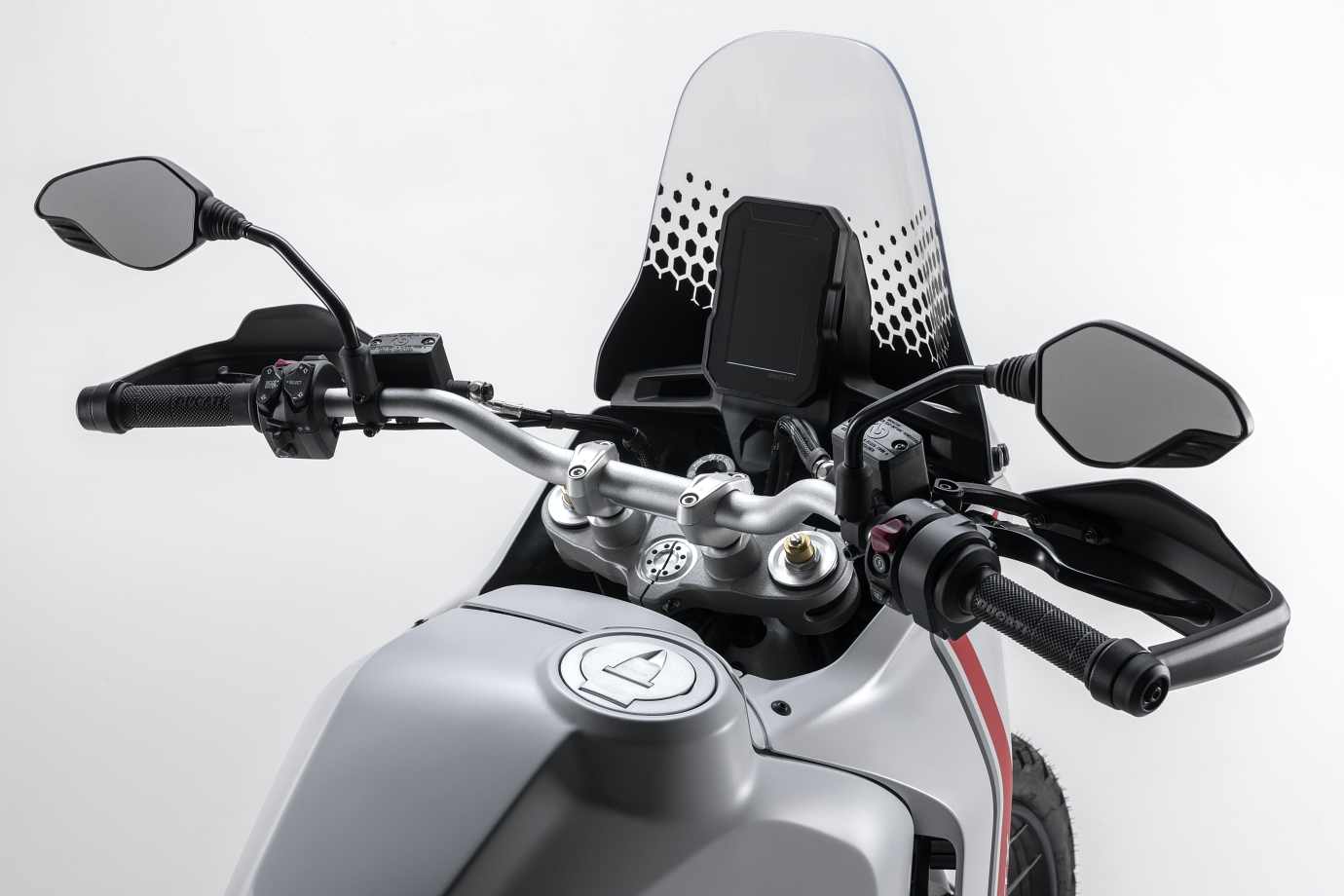
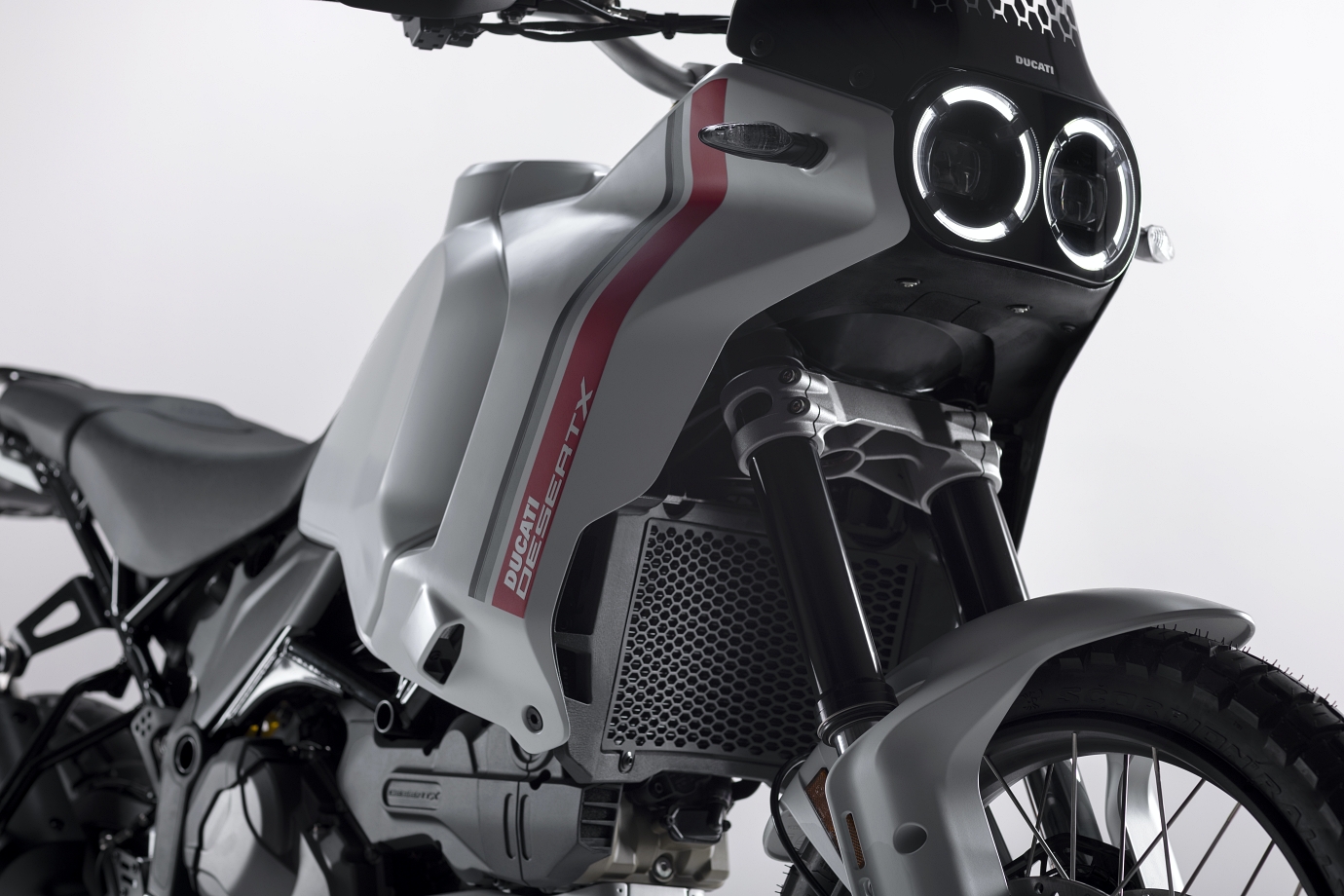
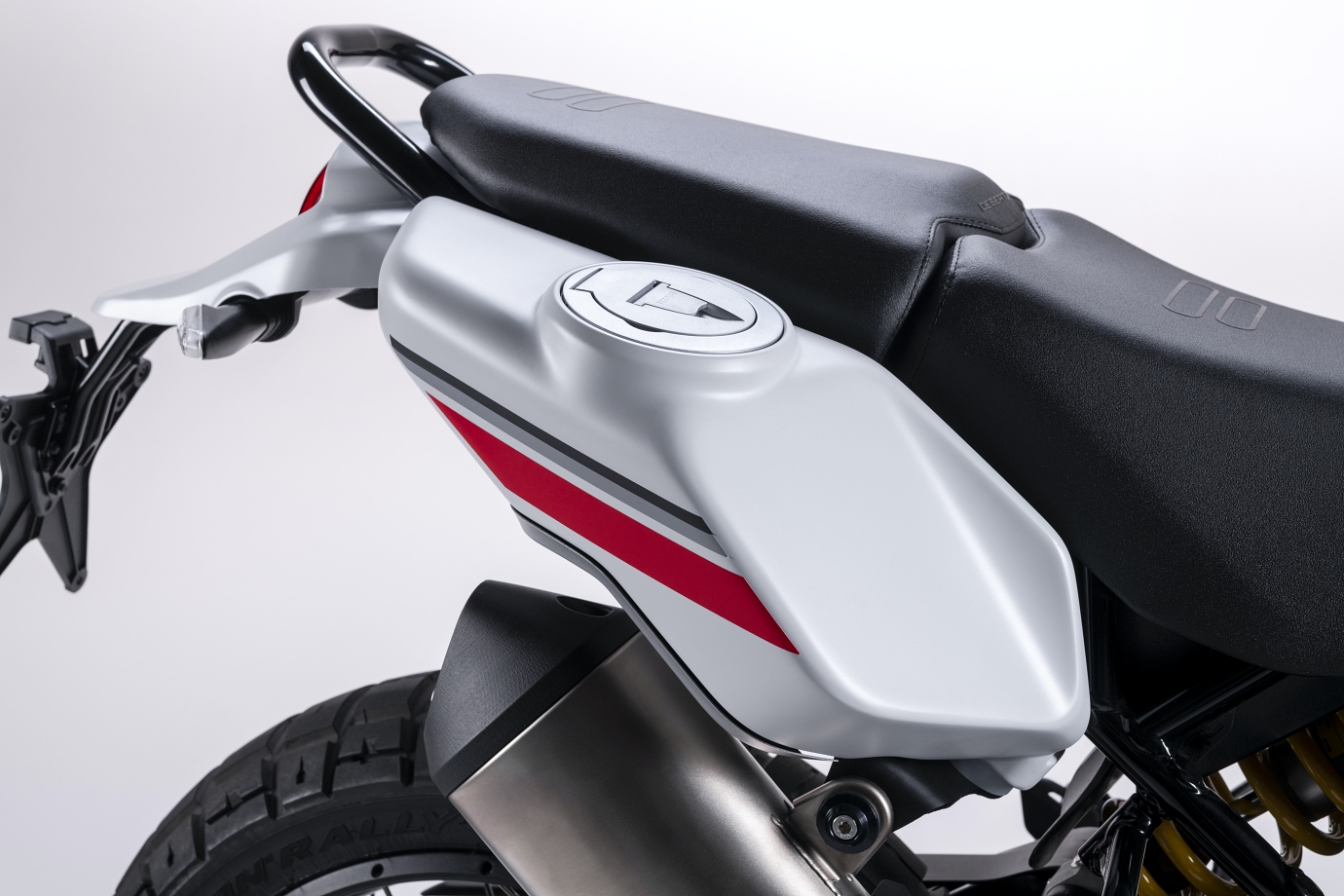
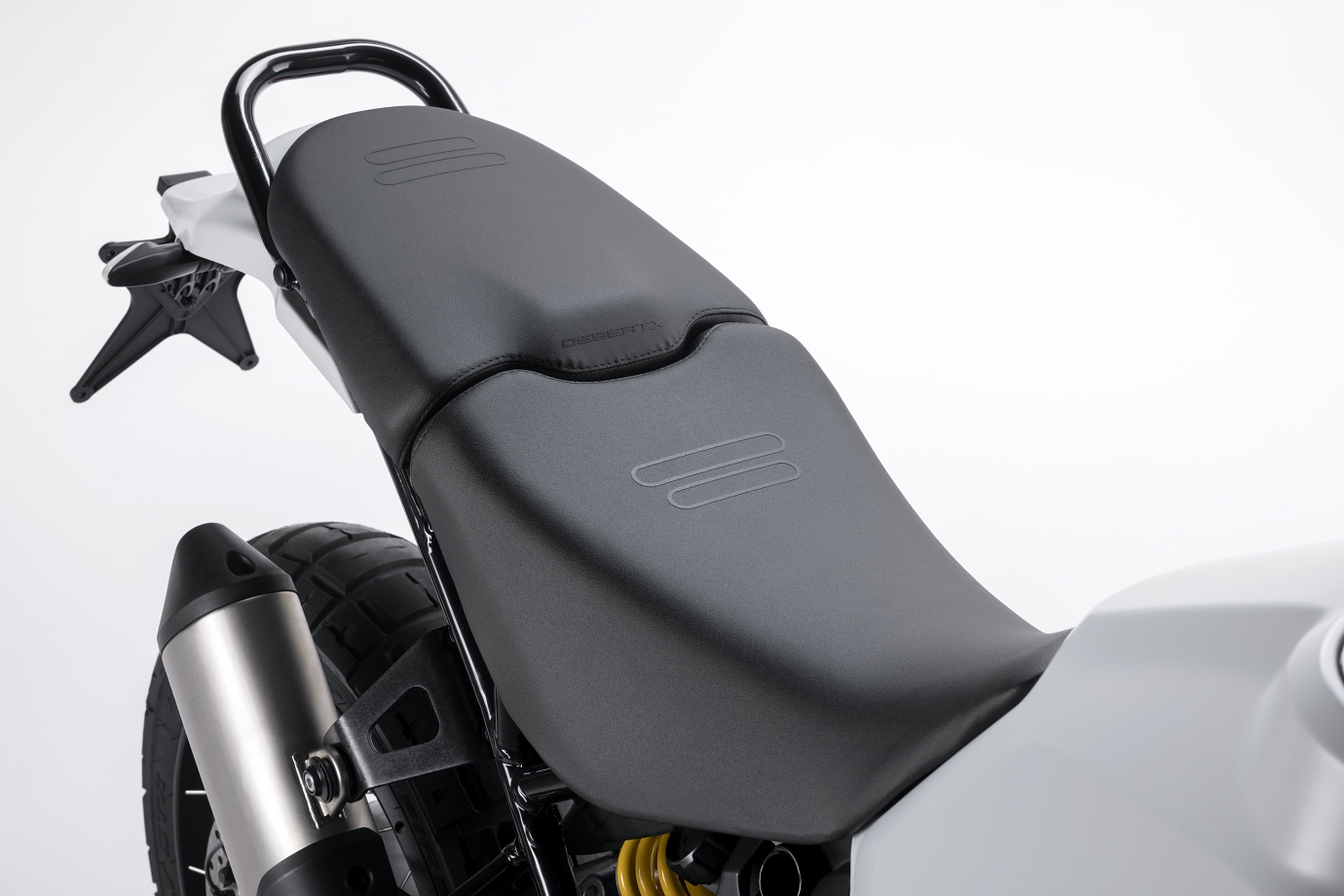
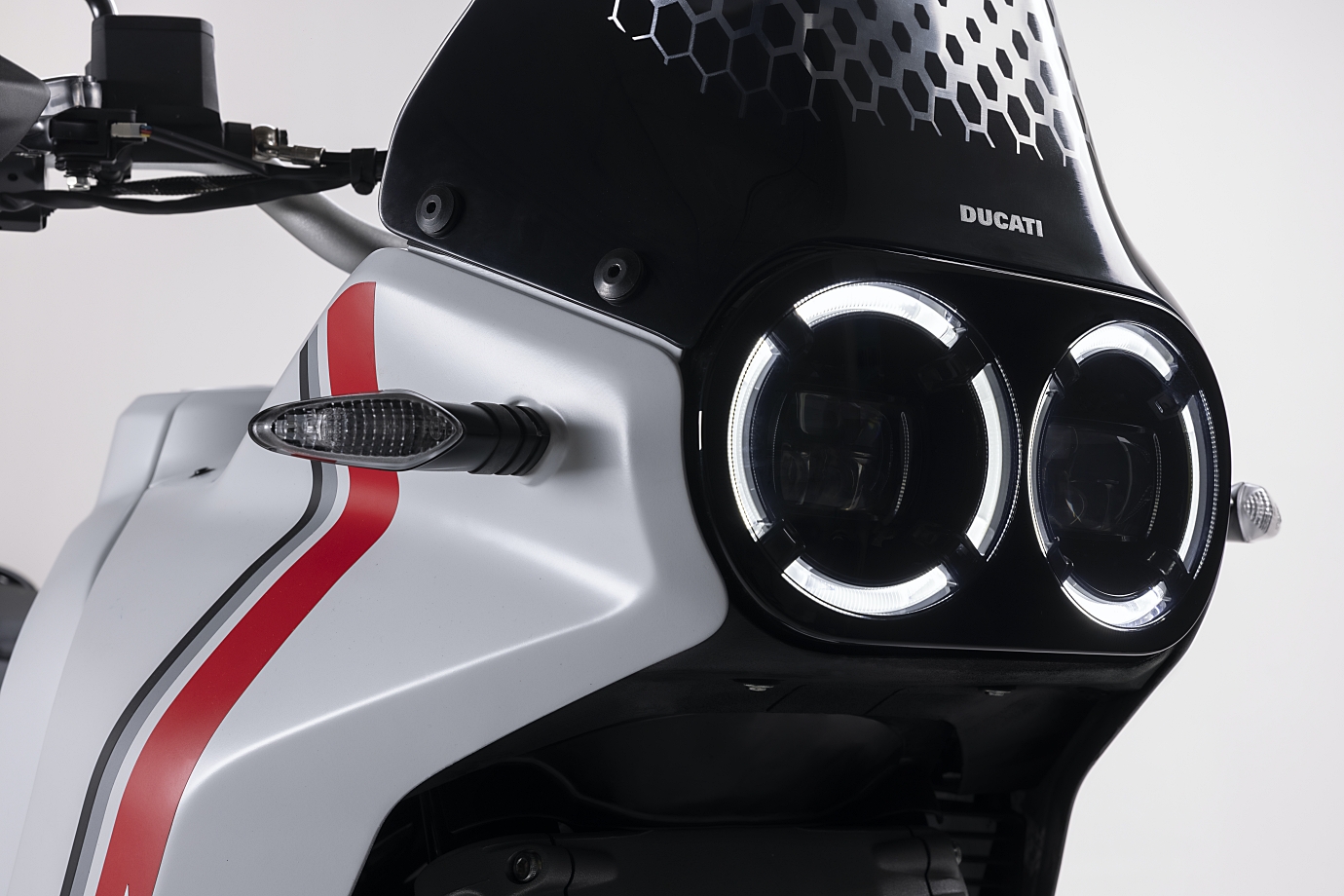
Boasting a ground clearance of 25cm, the DesertX gets a fully adjustable KYB fork and shock (9-inch front, 8-inch rear suspension travel), proper off-road hoops (spoked and tubeless 21-in front and 18-in rear) and is shod in bespoke Pirelli Scorpion Rally STR tyres.
With its 21l (tank range at least 350km) tank the DesertX weighs-in at just 223kg wet (making it approximately 20kg lighter than the competition).
There is an optional tail-mounted auxiliary fuel tank (8l capacity) for the intrepid adventurer, whom we suspect will also make the most of the chassis' class-leading 240kg load-bearing limit.
The DesertX available here will be supplied with the optional lowered seat (10mm lower), which brings seat height to 865mm to suit the majority. An even lower version at 845mm is also available.
In typical Ducati no-expense-spared fashion, multiple Enduro World Champion Antoine Méo was enlisted to put the DesertX through the paces across the dunes of Abu Dhabi, as well as at a motocross track.
Antoine toyed with the bike as if it was half its weight, complete with big air (jumps) and tail whips. Needless to say, the bike, which Ducati says was a regular production bike, survived the endeavour.
With its tailored riding modes, the DesertX is engineered to be a weapon in the hands of the capable and docile enough to keep newbies (generally) out of trouble.
Even in the dusty and tight confines of the course, the DesertX was balanced (carrying its weight low) and the traction control (in Enduro mode, with horsepower reduced to just 75) made (amateurish) power-drifts an easy affair.
The long-travel suspension effortlessly soaked-up the obstacles – comprising wood logs and speed bumps – with impressive composure.
In fact, we don’t remember any of the competition being so composed over such obstacles and at such speeds.
We even got to test the Brembo Stylema front callipers and off-road ABS to avoid colliding with another bike (Desert Sled) that tipped over.
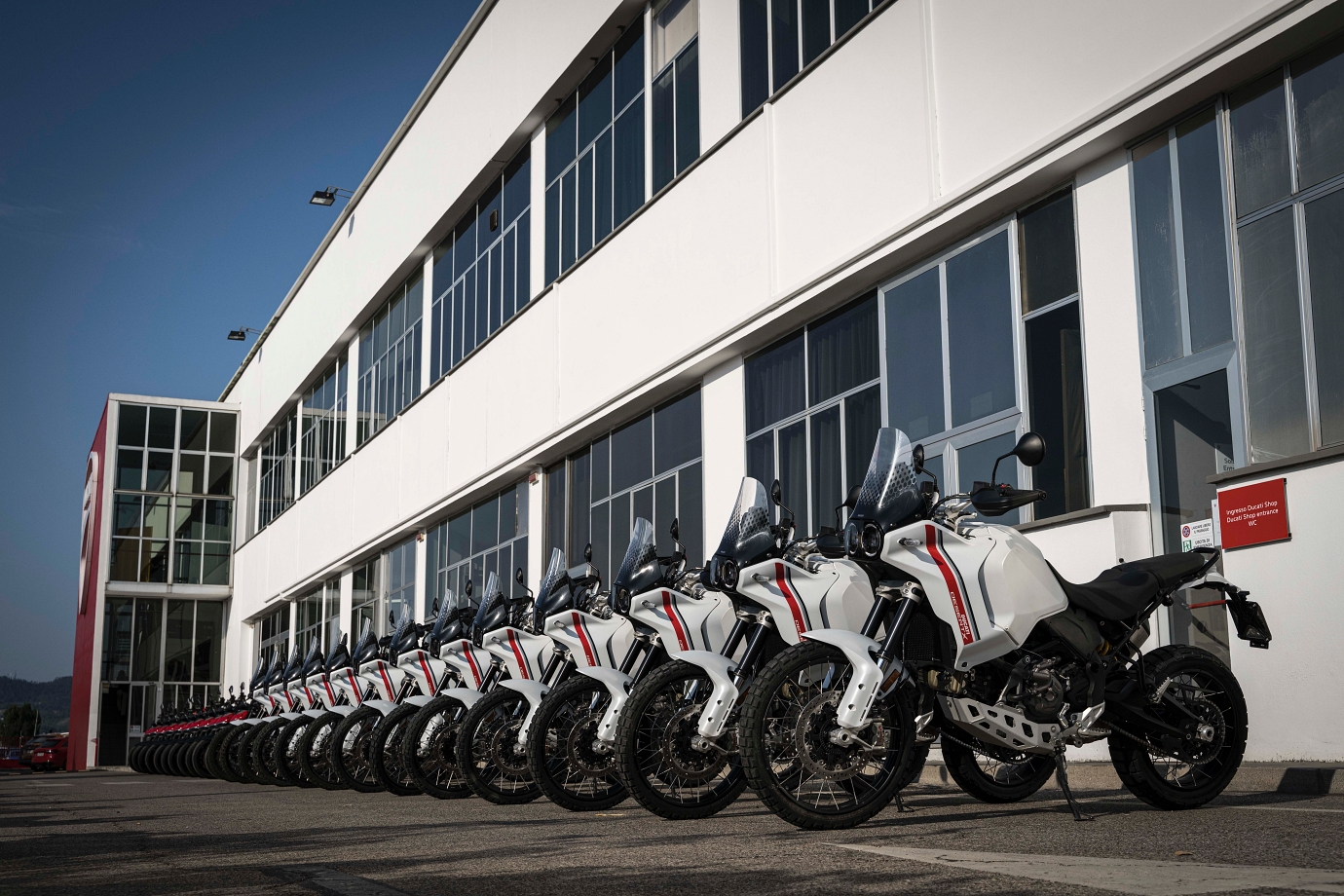
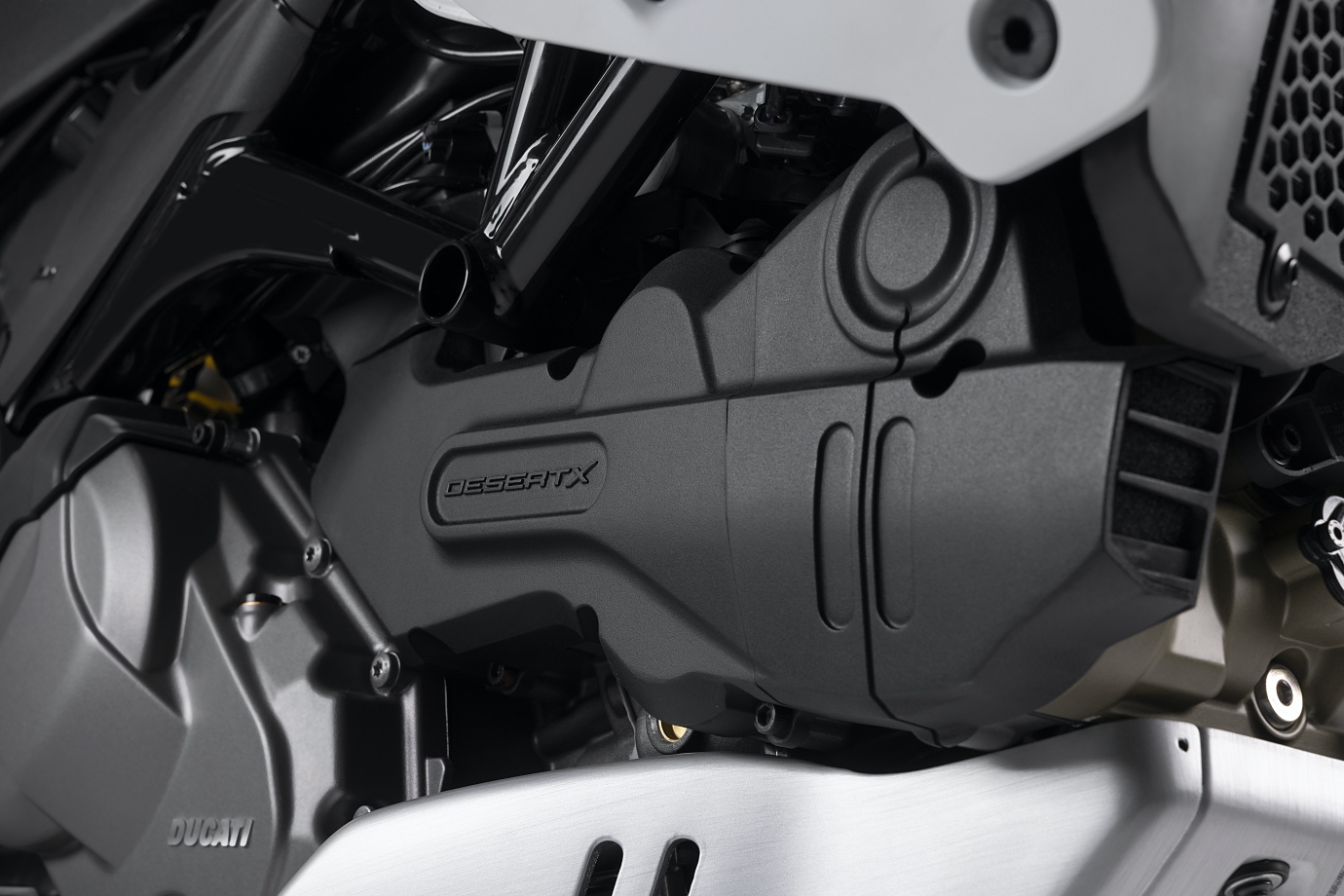
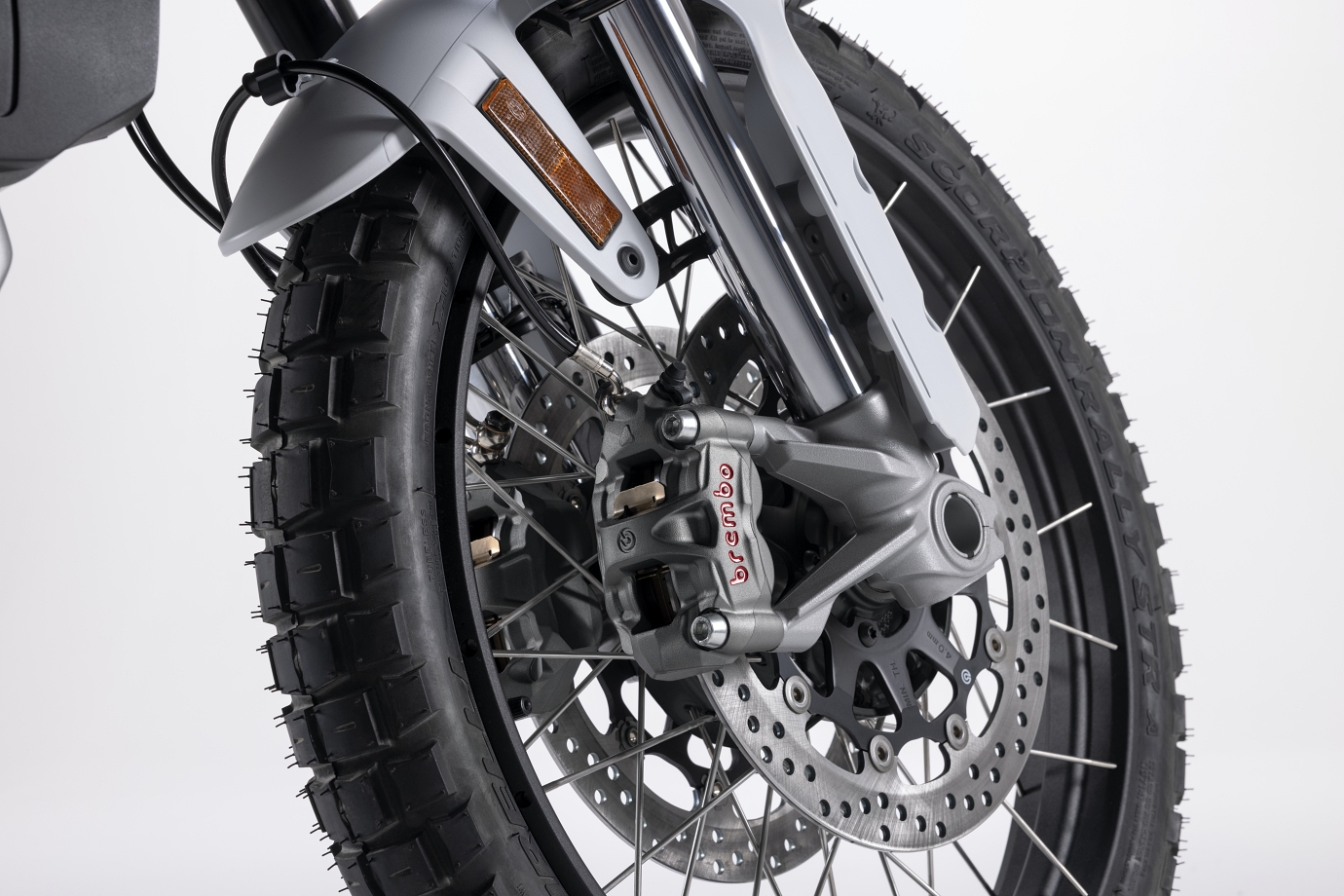
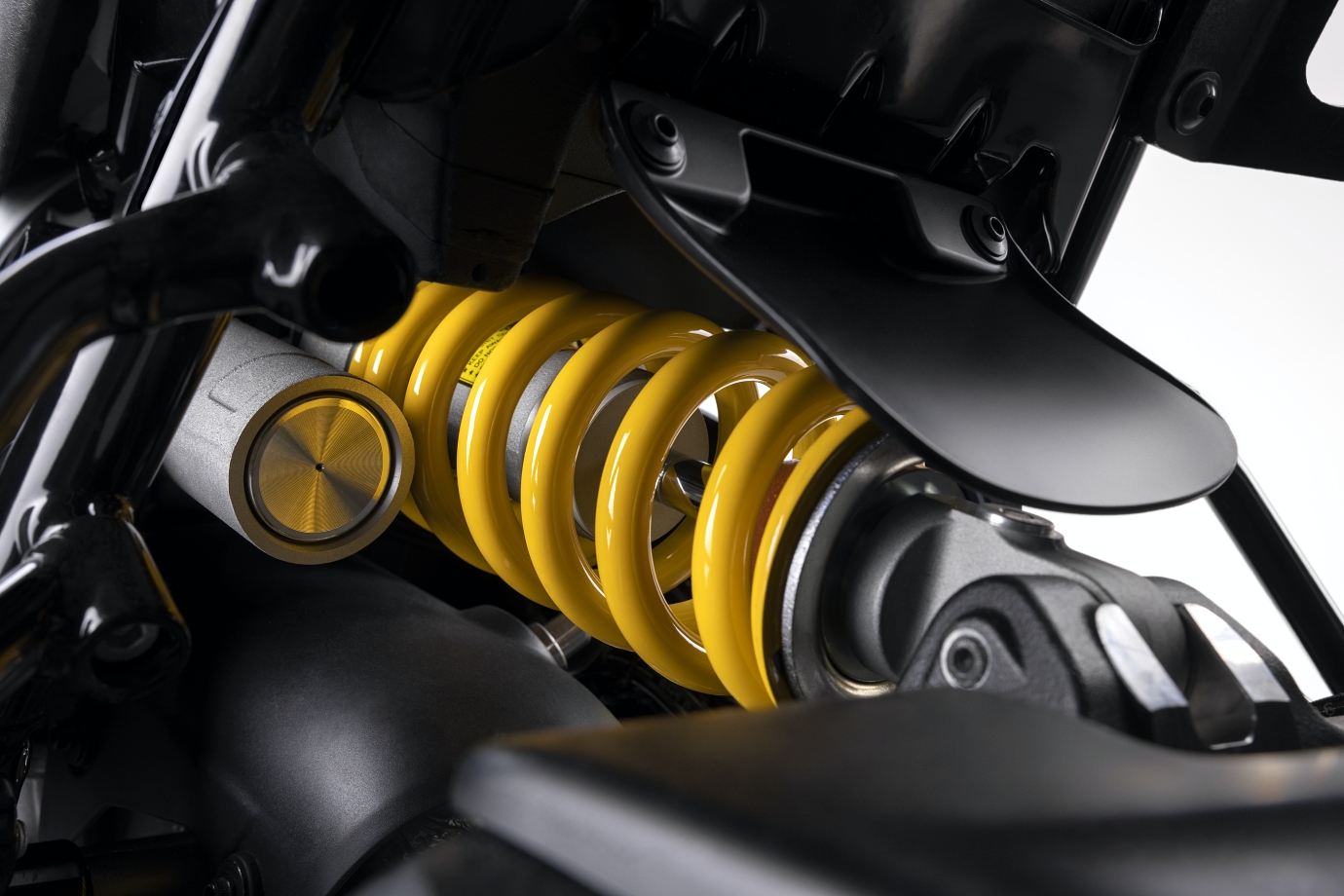
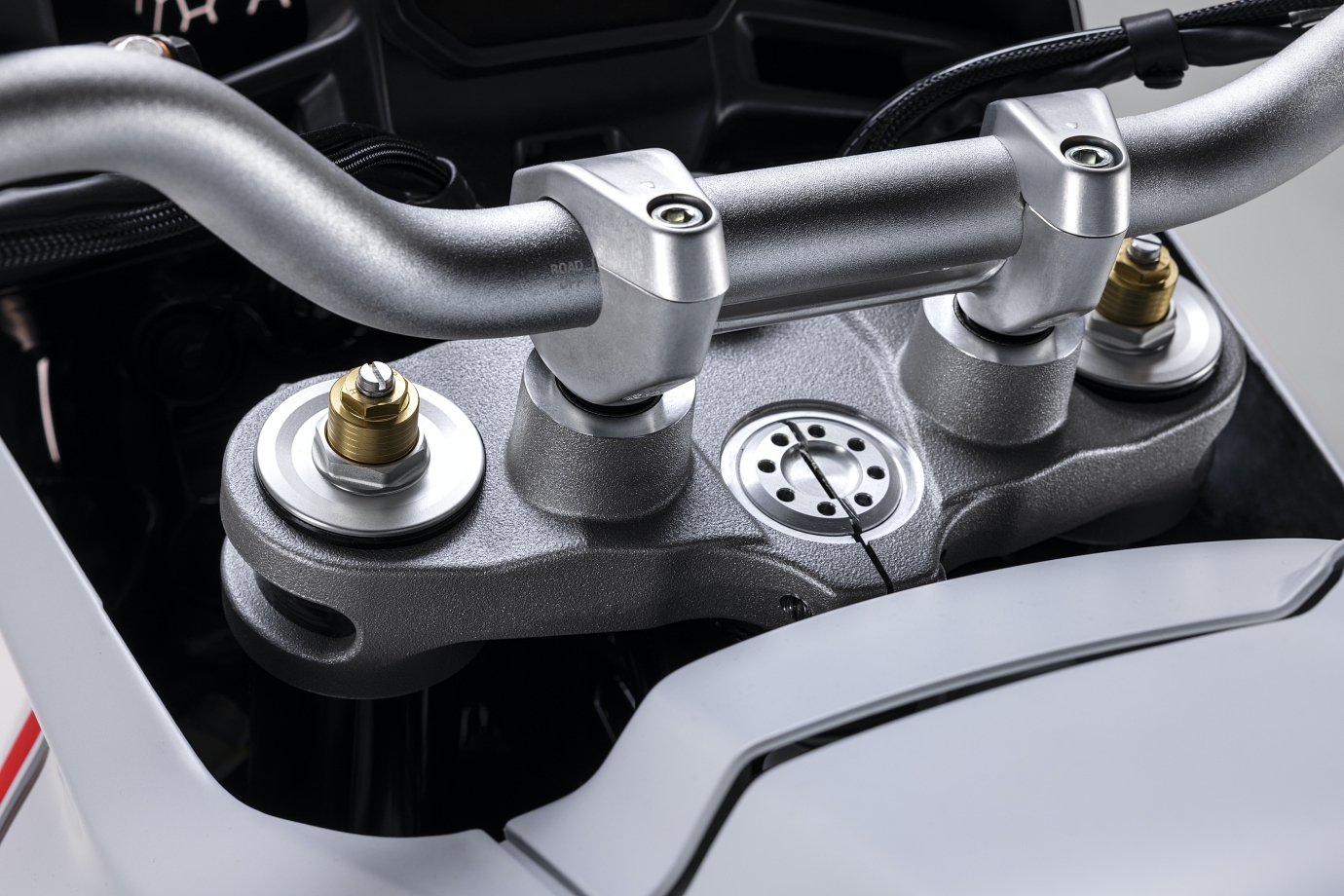
The road test route was the actual route that Ducati develops its bikes with, a set of twisty roads from the factory in Borgo Panigale to the hilltop Chalet Raticosa.
Here we were able to put the bike through a variety of corners, including fast sweepers, corners that tightened up at the exit, double chicanes and 2nd-gear uphill turns.
Even with its 21-inch front wheel, the DesertX is precise when carrying speed through chicanes and tight turns. Unlike bikes of this genre, we didn’t need to “turn ahead” of the turn, to compensate for flex – it was as though the front wheel was of the more sporty 17-inch variety.
Tuned for instant torque (to clear obstacles offroad), the short(ened) first three gears and final drive of the DesertX mean the bike accelerates briskly, but power felt like it tapered past 6000rpm.
On paper though, maximum horsepower is rated at 9250rpm. Caught in an unusual downpour, we set the riding mode to Wet on our way back. The Pirellis (same ones we used off-road) were surprisingly grippy and allowed us to apply throttle (relatively) liberally.
Spending over half a day on the DesertX in 36˚C, we came away without any burnt shins (from engine heat) or aches and pains. The natural balance of the chassis, spot-on ergonomics, supportive seat and intuitive controls made the piloting of the DesertX as easy as it was enjoyable.
This author was really impressed with the DesertX's styling – a tribute to Rally Raid motorcycles of old – but more importantly, its dynamic capability. In fact, more than a few of our fellow media said they’d actually put money down for one.
With service intervals now at 15,000 km/ 24 months (and major service at 30,000km), owners of the DesertX can now spend more time riding the bike.
For those in the market for an adventure touring bike, or a middleweight (700-1000cc) off-roader that can take a passenger or carry gear for an around-the-world trip, we’d encourage you to enjoy a helping of DesertX.
STORY Deyna Chia
PHOTOS Ducati
Ducati DesertX
Engine 937cc, Ducati Testastretta 11°, liquid cooled L-twin
Power/rpm 110hp/9250rpm
Torque/rpm 92Nm/6500rpm
Transmission 6spd with Ducati Quick Shift (DQS) up/ down
Kerbweight 223kg






